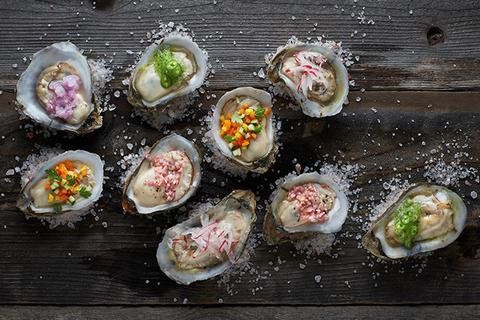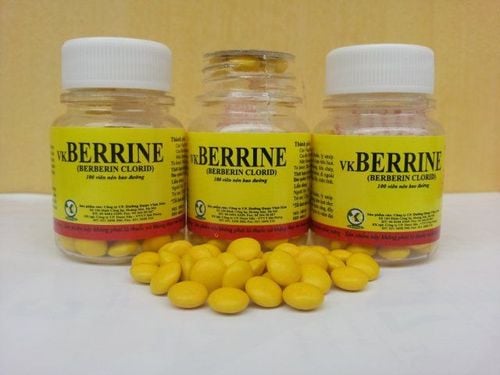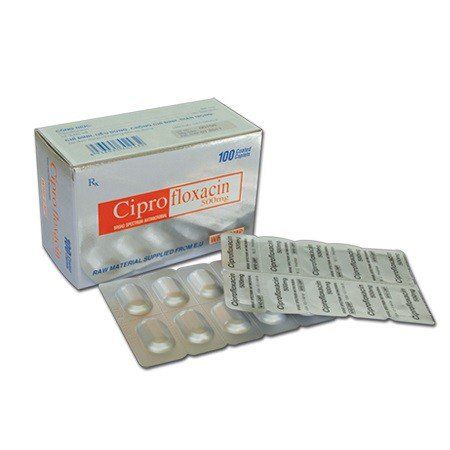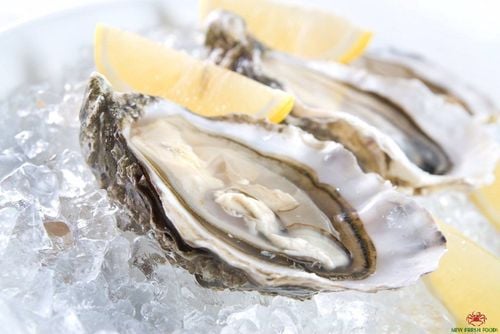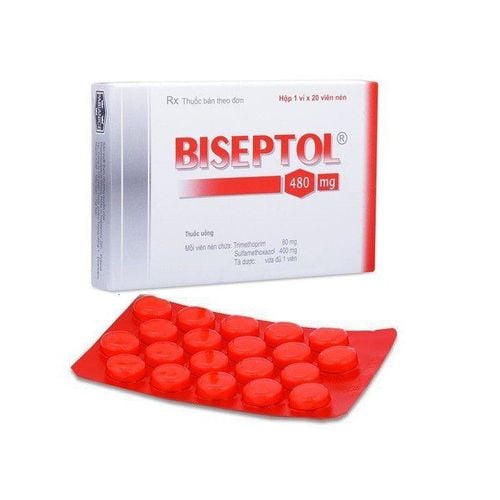This is an automatically translated article.
Eating raw oysters and improperly preparing them can make you more susceptible to Vibrio infections. Many people can also be poisoned after eating oysters because the body is infected with the virus from the oyster.
1. Is eating raw oysters harmful?
Most diseases caused by eating raw oysters occur in the summer time. Eating raw oysters and some undercooked shellfish, such as mussels, can put you at higher risk of infection.
In fact, the water in raw oysters contains a number of substances that are harmful to health, including viruses and bacteria. They usually gather in oysters and infect the bodies of people who eat raw or undercooked oysters. One of the common infections acquired from eating raw oysters is caused by certain types of Vibrio bacteria. This bacteria occurs naturally in the same coastal waters where oysters grow.
Infection caused by Vibrio bacteria is commonly known as Vibriosis. You can also become infected with Vibrio bacteria after exposing a wound to salt or brackish water (a mixture of salt water and fresh water) containing the bacteria.
Most vibriosis tends to occur from May to October, when water temperatures become warmer. However, you can get sick from eating raw or undercooked oysters any month of the year. In particular, oysters that live from colder waters are more likely to cause Vibrio disease.
We cannot tell if an oyster contains harmful bacteria by its appearance and taste. The only way to kill Vibrio bacteria in raw oysters is to cook them properly.
2. Typical symptoms of Vibriosis
Most Vibrio infections from oysters, such as Vibrio parahaemolyticus, can lead to mild illness including vomiting and diarrhea. However, people infected with Vibrio vulnificus may experience more serious medical conditions. It is estimated that 1 in 5 people infected with Vibrio vulnificus die. This is because it can cause bloodstream infections, severe blistering skin lesions, and amputation of limbs.
If you vomit after eating raw oysters, or develop symptoms of Vibriosis, see your doctor immediately for prompt treatment before life-threatening complications occur.

Nôn sau khi ăn hàu là triệu chứng điển hình của bệnh Vibriosis
3. People at High Risk of Vibriosis
Anyone can get sick from Vibrio bacteria, but the following people are often at high risk for infection or serious complications, including:
People with liver disease, cancer , alcoholism , HIV , diabetes or hemolytic anemia . Immunosuppressive therapies have been used to treat cancer. People with iron overload, such as hemoglobinopathy. Using medicines to reduce stomach acid, eg Pepcid and Nexium Just had gastric bypass surgery.
4. Causes of Vibriosis
Most people will get Vibrio bacteria from eating raw or undercooked shellfish, especially oysters. Some people can also become infected with Vibriosis from the following other causes:
Exposing the wound to brackish or salt water containing Vibrio bacteria, such as while swimming or catching fish. Allowing raw oyster extract or water to come into contact with a skin wound Injury from an object that came into contact with brackish or salt water containing Vibrio bacteria.

Vết xước trên da tiếp xúc với vi khuẩn Vibrio
5. How safe to eat oysters?
Poisoning after eating oysters due to bacterial infection can occur if you handle raw oysters improperly. Here are some tips to help reduce the risk of infection after eating or touching oysters and other shellfish:
Do not eat raw or undercooked oysters. You should cook oysters completely before eating and should buy oysters from reputable seafood stores. In fact, hot sauce, wine or lime juice cannot kill the Vibrio bacteria in raw oysters. Some raw oysters are processed immediately after harvest to ensure safety for health, helping to prevent the risk of eating contaminated raw oysters. Raw oyster treatments can reduce Vibrio levels in oysters, but are unlikely to remove all harmful germs. Therefore, people who are susceptible to Vibrio infections should not eat raw or undercooked oysters. When eating oysters, you need to separate cooked oysters from raw oysters to avoid cross-contamination. You should also wash your hands with soap and water after handling raw oysters and other raw seafood. Cover the wound carefully to prevent it from coming into contact with raw oysters or oyster fluid. Wash open wounds thoroughly if they have been exposed to seawater, raw oysters or raw oyster fluid. Above are important information about vomiting or poisoning after eating oysters, you need to pay attention to ensure the health of yourself and your family with quality meals, food safety.
Please dial HOTLINE for more information or register for an appointment HERE. Download MyVinmec app to make appointments faster and to manage your bookings easily.
Reference source: cdc.gov



